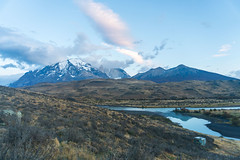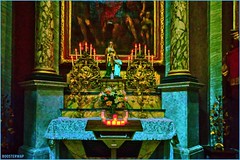‘Back to Betws’ documents a journey made by my father and I to the locations of where previous family photographs were made. The specific photographs I chose to focus on were made two days and a day before my father had a subarachnoid brain haemorrhage.
I have tailored this version of the project to be experienced in an exhibition environment containing framed photographic prints produced using a medium format film camera, and also a photo film containing moving image, Photographs and sound recordings.
The choice of using film and producing a single edition of prints relates to the unique experience of the artifact, while producing a photo film will use the benefits of the fluid distribution tools available in the online world. This will give the audience two separate experiences of the work unless the work is viewed in the exhibition environment where they will both come together.
The project focuses on the photographic artifact and the photograph as the memory. The act of returning to the locations after a 17-year absence helps build an aura of them, and this reinforces the themes of the unique artifact.
I worked with my Dad as an informed subject and I needed to acknowledge the issues of exploitation in previous work I have made with him as a subject. I did this by thinking about ideas of collaboration to build a positive representation of the subject in your story. I looked at work by Jim Mortram who successfully builds positive representations of his subjects and I developed my own practice in a similar manner.
I chose to brand myself as the producer of the story and told my Dad to think of himself as the Author. I then gave him the freedom to make the decision on what he wants to investigate, what story he wants me to help him tell as a trusted and legitimate publisher.
I have developed a targeted audience with the use of the research tool ‘The Phobus’. This has helped me identify the audiences that are currently engaged in conversation over the photographic artifact, especially the family photo album and the place of the fixed image in the fluid digital environment. The project also appeals to other brain haemorrhage survivors and it attempts provide them with a visual example to support their recovery. It may even encourage them to share their story and experiences.
The project as a whole attempts to explore the themes of the photographic artifact as well as ways to represent the subject to provide empowerment through collaboration rather than exploitation.


